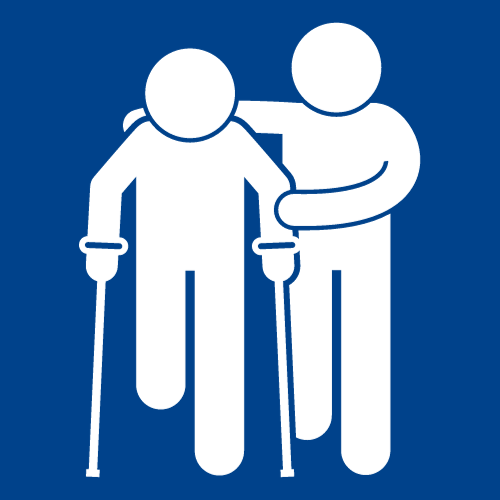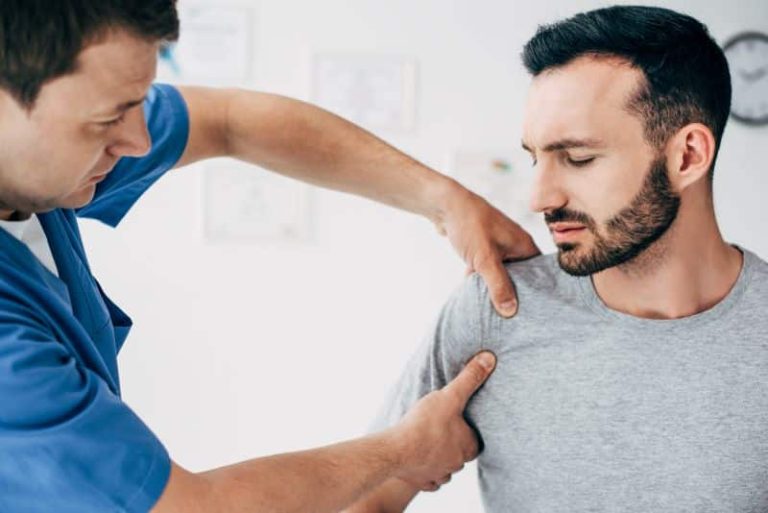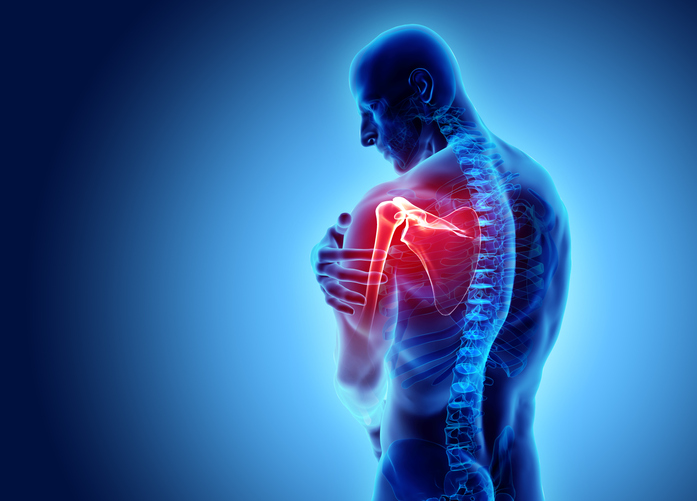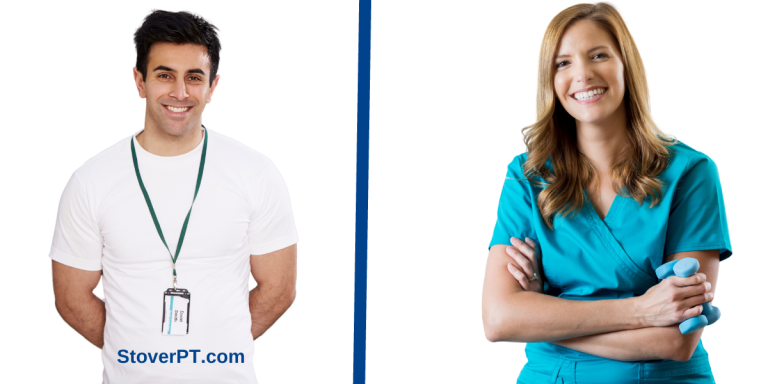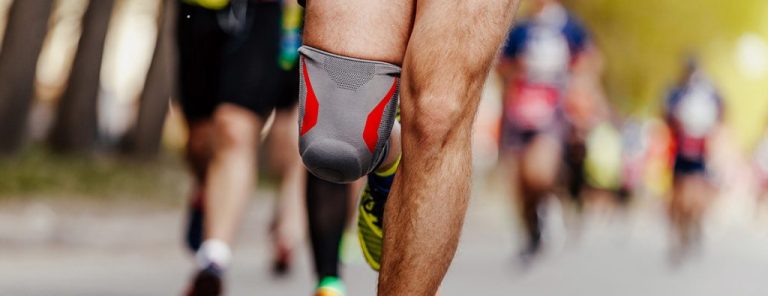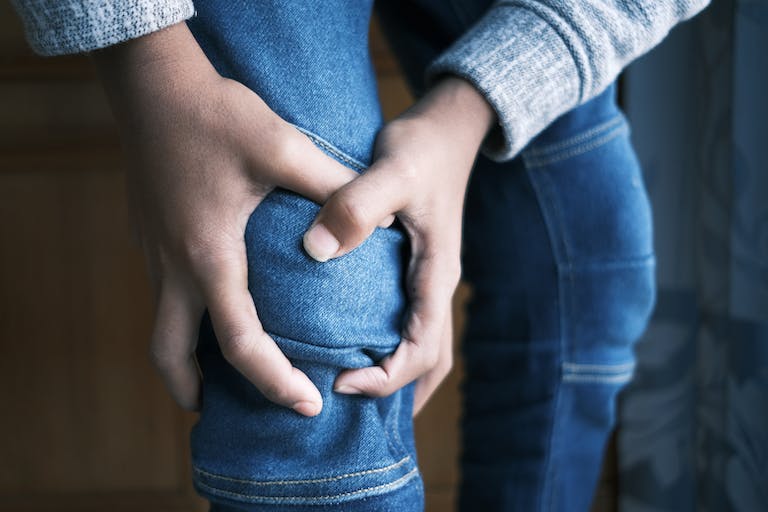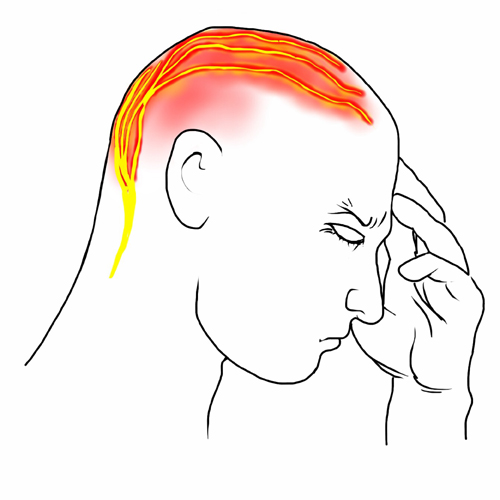Low back pain (LBP) is a very common life experience that is estimated to affect 84% of adult Americans at any given time. 85% of all LBP cases are considered “nonspecific.”. This means that despite all of the sophisticated imaging studies available, the exact anatomical source of the pain cannot be accurately detected. What is known is that most LBP is mechanical in origin.
What is mechanical LBP?
Mechanical LBP is caused by overloading or overstretching the various soft tissues (muscles, tendons, capsules, ligaments, discs, etc.) that are innervated by the vast network of free nerve endings located in and around the joints of the spine. There are a few different situations that can make this happen:
- Abnormal stress can be applied to normal soft tissue
- Normal stress can be applied to abnormal soft tissue
- Abnormal stress can be applied to abnormal soft tissue
Common Causes of Low Back Pain
So what typically causes LBP to develop? Our life styles and habits play a major role in the development of these disorders. The most common predisposing factors in our lifestyles that most often cause LBP are the frequency of bending in our work and play habits, and poor habitual sitting posture.
Treatment Options for Low Back Pain
Many treatment options are available for LBP, and many different types of caregivers are available to deliver treatment (PT, chiropractic, massage therapy, acupuncture, personal trainers, pain management, surgeons,etc.). I believe the best person to treat your LBP is you, and the best method by which to treat it is with your body’s own movements. You have firsthand knowledge of how your pain effects your movements and activities, and with appropriate guidance, you can be taught the right movements and positions to fix it!
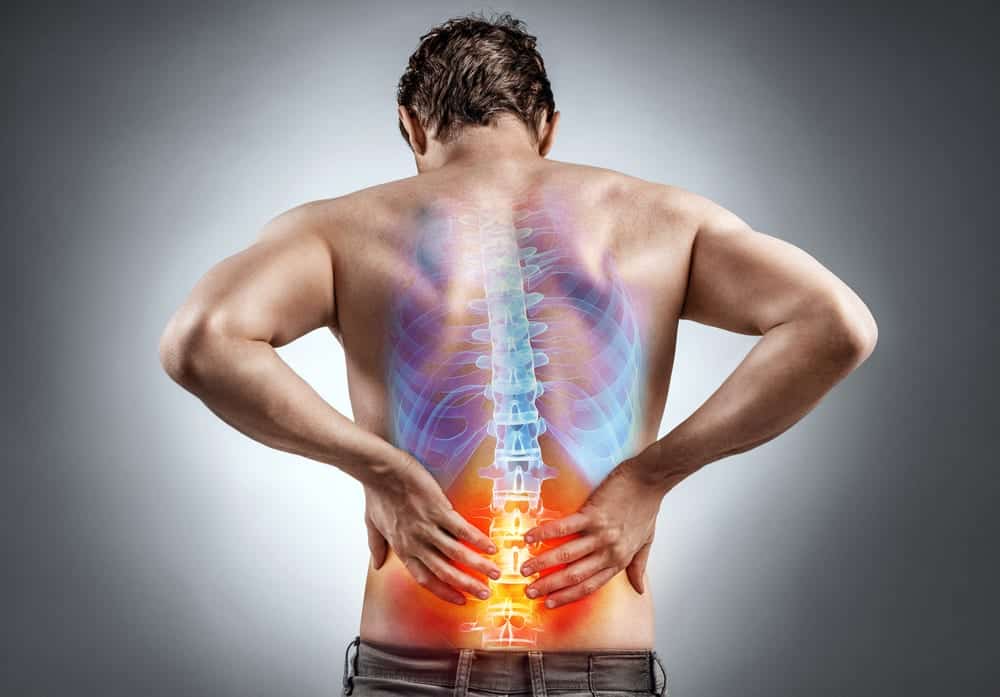
Mechanical Diagnosis and Therapy for Low Back Pain
In my clinical practice, I have evaluated and treated hundreds of patients with LBP, utilizing a system known as Mechanical Diagnosis and Therapy (MDT) to determine the cause and, in many cases, provide a rapid resolution to the patient’s LBP. MDT is a system that utilizes the patient’s own movements and positions to identify mechanical pain syndromes that readily respond to mechanical therapy exercises and techniques.
The clinical phenomenon known as centralization that commonly occurs during the MDT assessment process is the key to identifying those likely to rapidly recover with such treatment.
Centralization of pain is when the farthest point of referred or radiating pain moves closer and closer to the midline of the lumbar spine.
Centralization occurs in over 50% of LBP cases. Physical therapists formerly trained in MDT have demonstrated the ability to more frequently identify centralization compared to those who are not trained in MDT. The patient who centralizes will have better outcomes if they are prescribed movements in accordance with their directional preference (DP).
DP is a term used to describe the specific direction of end-range spinal movement that causes the patient’s symptoms to rapidly decrease, centralize, and eventually abolish.
Outcomes of Mechanical Diagnosis and Therapy
At Stover Physical Therapy, I have compiled the Oswestry Low Back Disability score of over 573 patients with LBP. 55% of these patients demonstrated DP at the initial evaluation. The average initial Oswestry score for these patients with DP was 31% (moderately disabled), and the average Oswestry score at discharge was 11% (minimally disabled).
If you are among the many unfortunate sufferers of LBP, undergoing an MDT examination by a therapist competent in MDT would be a wise first step in learning how to effectively reduce your discomfort. Furthermore, the experience is a great way to learn the steps involved in the prevention of these frequently recurrent problems. Many times, full recovery can be achieved within a few weeks and without the need for expensive imaging studies.
References
- McKenzie RA, May S. Mechanical Diagnosis and Therapy. The Lumbar Spine. 2nd. Waikanae, New Zealand : Spinal Publications; 2003.
- Donelson R, Aprill C, Medcalf R, Grant W. A prospective study of centralization of lumbar and referred pain. A predictor of symptomatic discs and anular competence. Spine. 1997; 22(10): 1115-1122.
- Balague F, Nordin M, Sheikhzadeh A,Echegoyen AC, Brisby H, Hoogwoud HM,Fredman P, Skovron ML. Recovery of severe sciatica. Spine. 1999; 24(23): 2516-2524.
- Brotz D, Kuker W, Maschke E, Wick W, Dichgans J, Weller M. A prospective trial of mechanical physiotherapy for lumbar disk prolapse. Journal of Neurology. 2003; 250: 746-749.
- Kopp JR, Alexander AH,Turocy RH,Levrini MG, Lichtman DM. The use of lumbar extension in the evaluation and treatment of patients with acute herniated nucleus pulposus. Clinical orthopaedics and related research. 1986; 202: 211-218.
- Long A., Donelson R., and Fung T. Does it matter which exercise? A randomized control trial of exercise for low back pain. Spine. 2004; 29(23): 2593–2602.
- Skytte L, May S, Peterson P. Centralization: Its prognostic value in patients with referred symptoms and sciatica. Spine. 2005; 30(11): E293-E2
